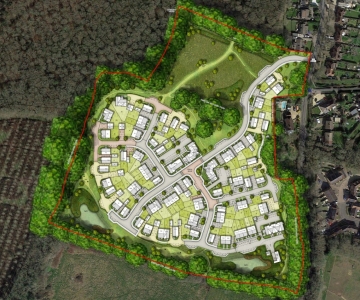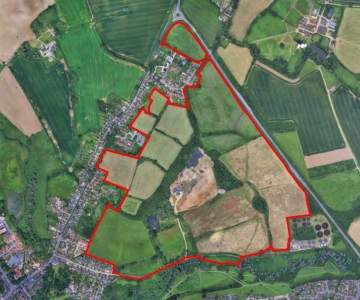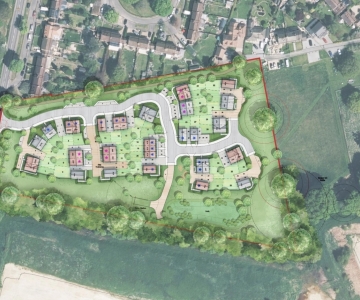Planning is once again in the headlines and this time it’s the fight over the Green Belt that has sparked debate.
Keir Starmer has been arguing that councils should be given the freedom to build on Green Belt land. The Labour leader told The Times: ‘It cannot be reduced to a simple discussion of will you or will you not build on the Green Belt. This is why it’s important for local areas to have the power to decide where housing is going to be.’
The Green Belt holds a special, if strange, place in the British psyche. Its primary function is to prevent urban sprawl, rather than safeguard particularly green and pleasant land. While some of it is beautiful, a lot of the Green Belt is just green in colour. The majority is private farmed land with no public access – so why is it elevated to this mythical status for the public?
The 1947 Planning Act formally introduced the planning system as we know it and the Green Belt classification
There are 15 green belts around England, covering more than 16,000 km – or 12.6 per cent of the country’s total land area. London’s belt is the biggest, at more than 5,000 km. The majority of the land – 65.6 per cent in 2018 – is used for agriculture.
It is often celebrated as the greatest success of our planning system but with an ever-growing housing crisis there is increasing pressure to revaluate the role of Green Belt and whether it delivers the social and environmental benefits often quoted?
The origins of the Green Belt
One of the reasons for this attachment to the Green Belt is the origins of the term itself.
It came from Octavia Hill, the founder of the National Trust and one of the pioneers of modern social housing. She believed passionately in the importance of green spaces for everyone, especially those living in poverty. Hill called for ‘places to sit in, places to play in, places to stroll in, and places to spend a day in’, and said that even costly land for housing in London had greater value as outdoor space. It wasn’t until 1947 that her wish was granted, but in the Town and Country Planning Act of that year, London was strapped in to its own Green Belt.
There are often claims that the Green Belt plays a vital role in providing outdoor recreation and access to open countryside. An astounding 7% of London’s Green Belt is golf courses, however two thirds of Green Belt is within agricultural use which is largely inaccessible - not really within Hill’s description of ‘places to sit in, places to play in’ and so on.
Only 3.4% of Green Belt is designated open access land and whilst the policy encourages opportunities for public access and environmental improvements, there are no powers to secure this. And it is this confusion that lies at the heart of our cultural attachment to the Green Belt. We think it is one thing when often it is something else entirely. We have associated one thing that Hill campaigned for with another.
A housing crisis
The perceived threat to our Green Belt comes largely from the need to find a solution to our long-standing housing crisis.
There are an unacceptable 1.2 million families on housing waiting lists and over 80,000 households trapped in temporary accommodation which costs the tax payer an estimated £1 billion per year. A recent survey undertaken by Shelter indicates that one in three of us do not have access to a safe or suitable home.
There is an undisputable need for a significant boost in the supply of housing but an ever-decreasing amount of land to provide them on. There is no doubt that Green Belt policy has been overwhelmingly successful and nobody can deny the vital importance of protecting our environment and ensuring communities can access high quality green open space but have we become blinded to the reality of what today’s Green Belt is and can we imagine an alternative role?
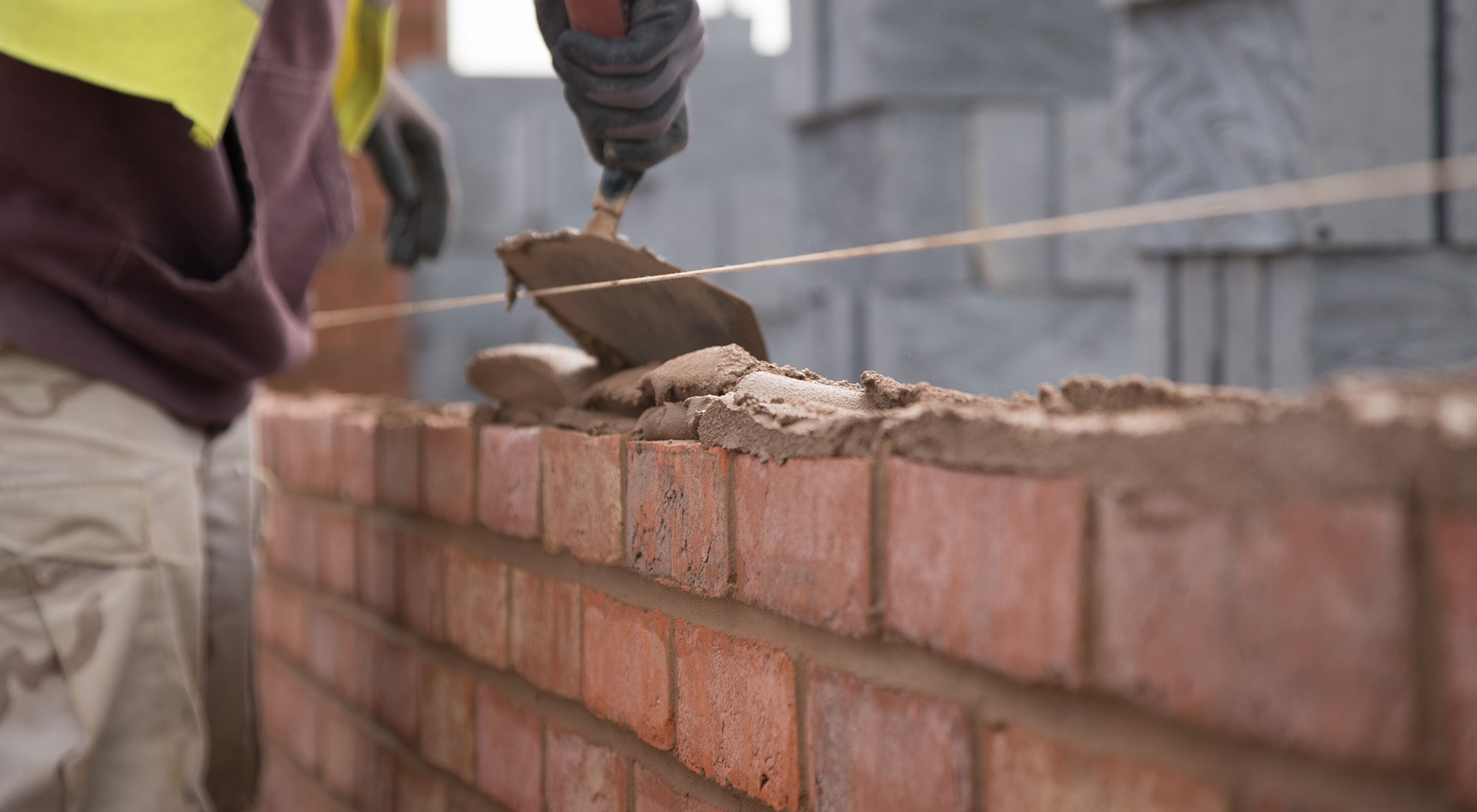
It’s time for a well-informed debate on the subject but we need to avoid assuming the standard positions of Green Belt protection verses housing development.
There is an alternative way but it will require a significant change in policy from Central Government. Despite the commitment by all political parties to resolve the housing crisis, a fundamental reform to the Green Belt will require political courage, something that no Prime Minister has dared to do so far.
Dawn Adams - Associate Planning Director 01788726810 / dawna@catesbyestates.co.uk
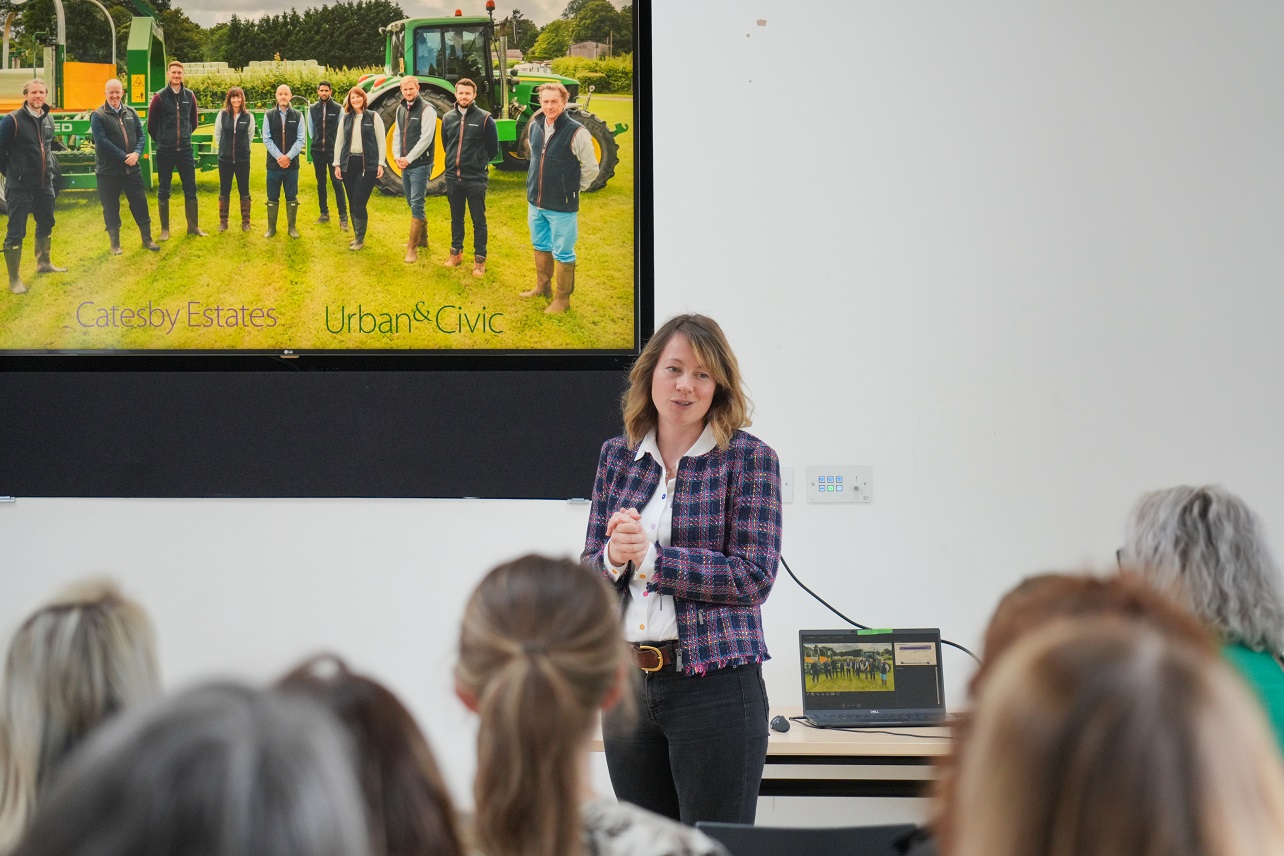
Thinking about land promotion for your land site?
We’re actively seeking strategic land sites to add to our land promotion portfolio.
With a proven track record and strong success rate, landowners across the country are encouraged to contact us to find out how we could help you maximise the value of your land.

